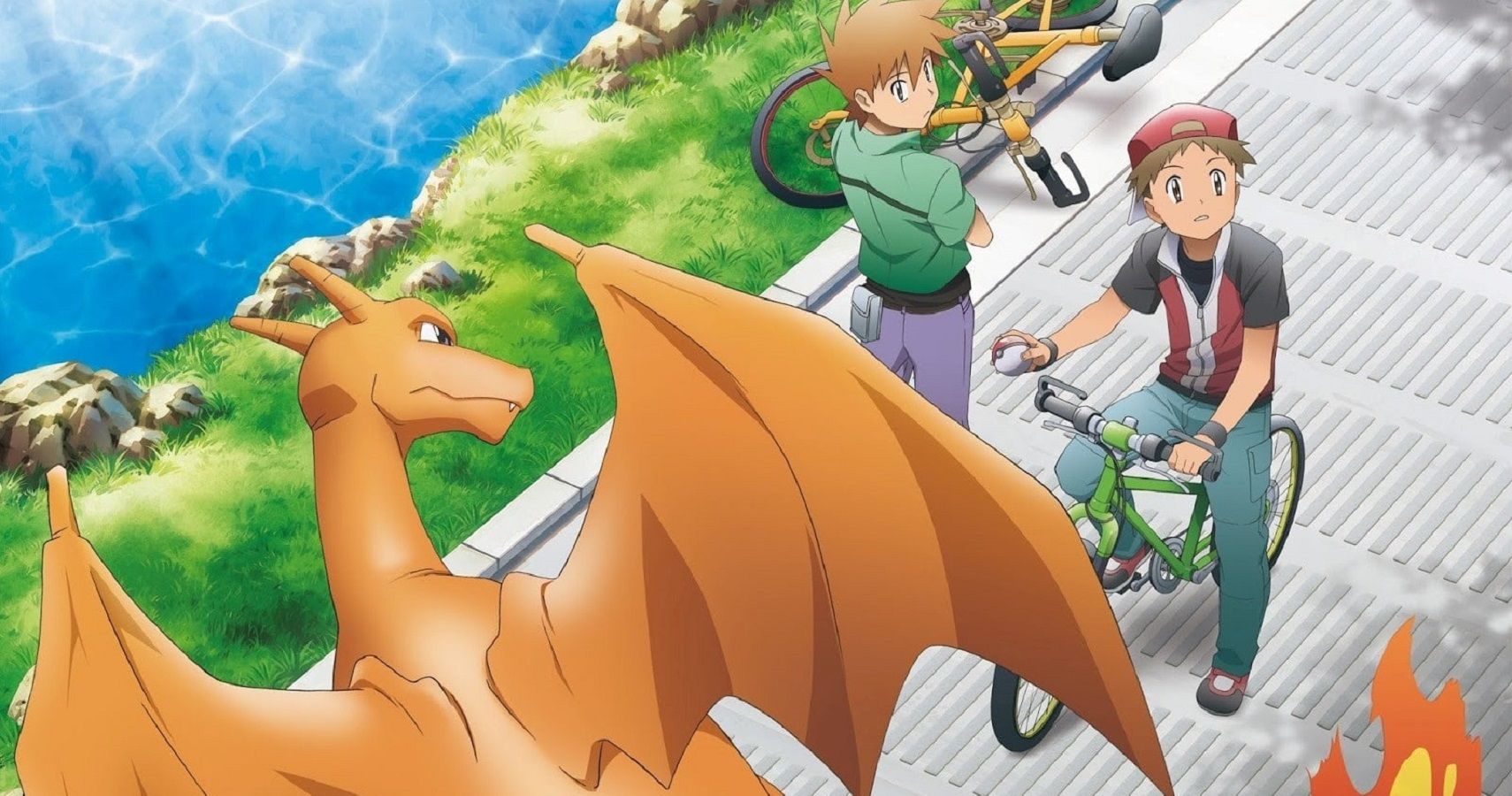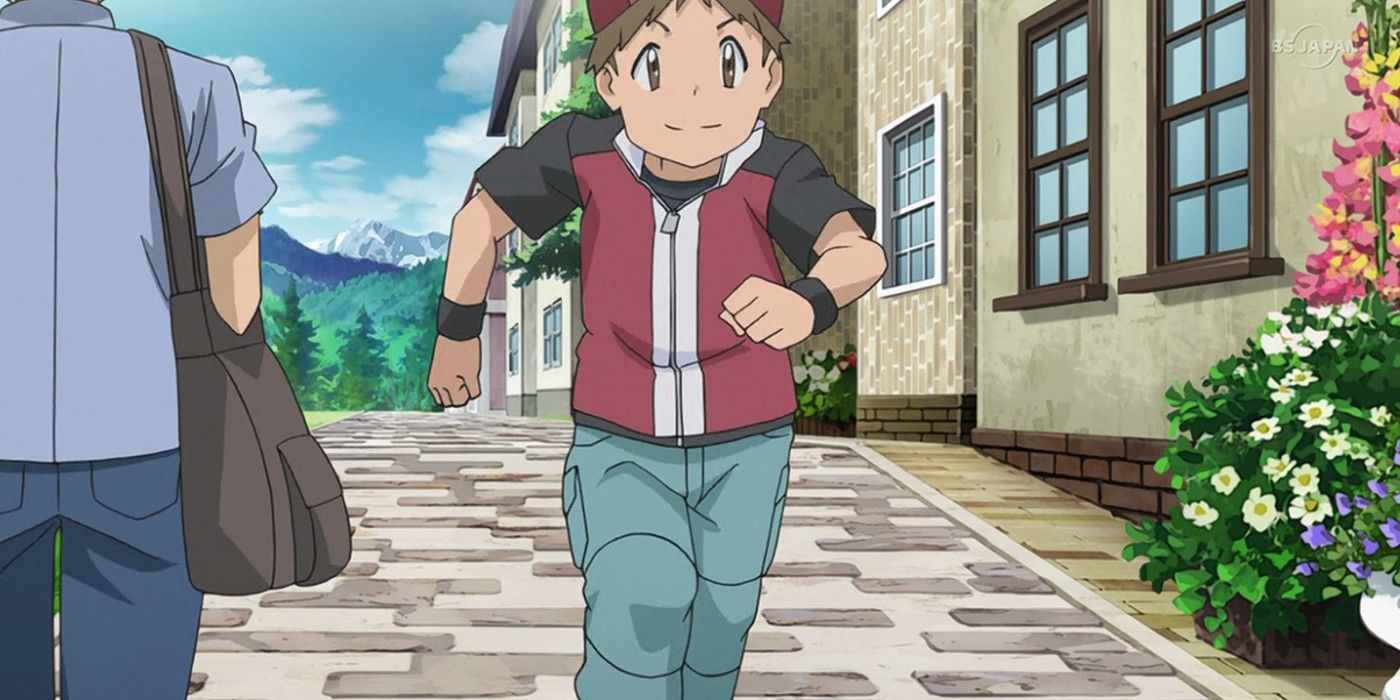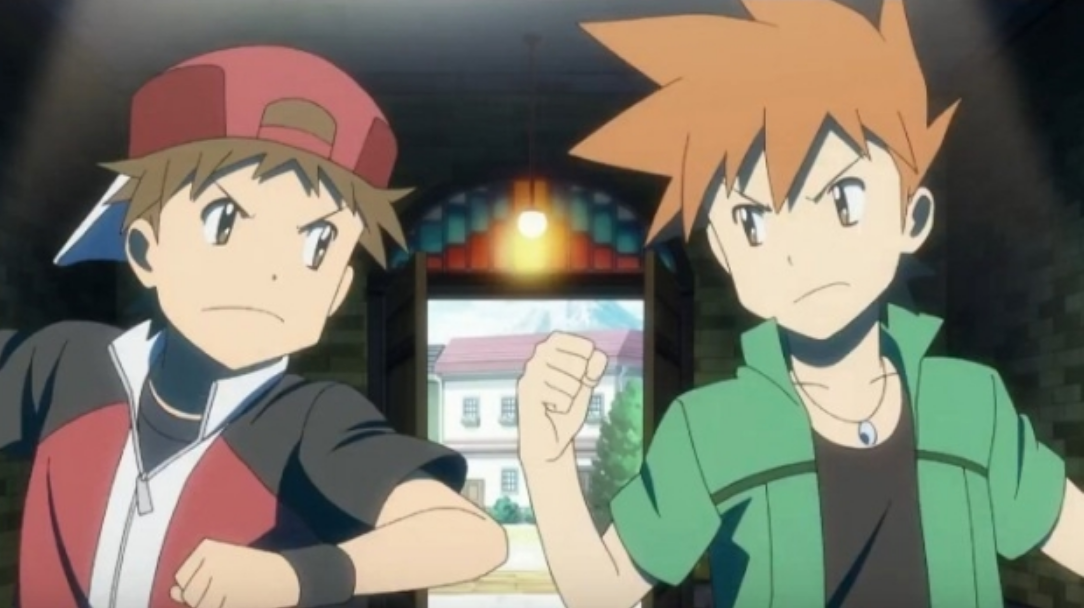With over 1,000 episodes, the Pokémon anime is without a doubt the most successful video game adaptation of all time. However, since the anime premiered in 1997 it has taken on a life of its own. While the Pokémon games are among the top-selling of all time, the anime is just as responsible for the global popularity of the series. This bothers some older fans who lament the changes the anime makes from the games, since apart from following the general outline of each generation of Pokémon, the show largely follows its own story and characters.
The Pokémon Company was well aware of these older fans and in an attempt to drum up excitement for Pokémon X and Pokémon Y in 2013, they released Pokémon Origins. This four-part miniseries directly adapts the plot of the original Pokémon Red and Pokémon Green games, while taking some elements of the more recent games. The series ignores longtime protagonist of the Pokémon anime, Ash, and instead follows Red, the trainer millions of fans played back in 1996 (or 1998 in North America).
Pokémon Origins was released in English on the Pokémon TV video service in November 2013, but only remained there until December. Since then, the series bounced around various homes including Hulu, Amazon Video, and iTunes, with the first episode appearing but then later being removed from the official Pokémon YouTube channel in 2016. This elusive series was missed by a lot of the fans who would enjoy it most, and with the recent release of Pokémon Sword and Pokémon Shield, now is the perfect time to check it out.
Pokémon Origins opens in the same way as the original Pokémon games, directly borrowing the text box that reads the choices, "New Game" and "Option." The former is selected and, just as in Pokémon Red and Pokémon Green, Professor Oak introduces the player, or in this case the audience, to the wonderful world of Pokémon. Fans of the mainPokémon anime will notice that Oak's English voice actor, Stuart Zagnit, is not reprising his role in Pokémon Origins. Instead, he is voiced by Kyle Hebert, most well known for playing adult Gohan in the English dub of the Dragon Ball series. All of the characters that appear in both Pokémon Origins and the main Pokémon anime, such as Gym Leaders Brock and Giovanni, also have different voice actors to further separate the two series.
After Oak's introduction, we're introduced to the series protagonist, Red, who rushes out of his house to Oak's lab to receive his first Pokémon. Along the way, he runs into Blue, Oak's grandson and the first of many rivals introduced in the video games. At this point, English-speaking fans who first played Pokémon when it was localized to North America in 1998 with Pokémon Red and Pokémon Blue will notice that Blue is wearing a distinctly green jacket. The plot of Pokémon Origins draws from the original Pokémon games as they were released in Japan, which is consistent with the North American releases as well as the 2004 remakes, Pokémon FireRed and Pokémon LeafGreen. However, aesthetically the miniseries draws more from the remakes and the original Japanese releases. Hence why Blue is wearing green, as his name is localized from Green in Japan, but not his appearance.
The first episode continues to show some of the most iconic moments from the first Pokémon games. Including receiving a Pokédex and taking on the first Pokémon Gym. The battle with the first Gym Leader, Brock, establishes a lot of the video game's mechanics in the world of Pokémon Origins. Brock explains the importance of type match-ups and the Pokémon's HP is tracked on a screen next to the battlefield. The animation in this battle is vicious, thanks to Production I.G, who is well known for animating the critically-acclaimed Ghost in the Shell series.
The animation for the second and third episodes was done by Xebec, known for previous work with the Pokémon Company as well as many series such as Shaman King and Martian Successor Nadesico.
The second episode picks up some time after Red received his first Gym Badge from Brock. Through narration, he explains that he battled his way through Mt. Moon, encountered Team Rocket, evolved his Charmander to a Charmeleon, defeated two more Gym Leaders, and more. Each event Red details is a direct reference to Pokémon Red and Pokémon Green. The attention to detail is impressive, and fans of the games will be satisfied to see very little left out, even when certain events are abridged.
Episode two follows Red as he enters Lavender Town. A well-known location from the first game that is home to Pokémon Tower, which is a Pokémon graveyard. The episode mostly follows the events of this section in the games, with only minor changes such as Blue playing a slightly more heroic role.
This episode is interesting for confirming a creepy moment from the video games in which an NPC in Lavender Town asks the player if they believe in ghosts. If the player responds, "no," then the NPC says, "Hahaha, I guess not. That white hand on your shoulder, it's not real." In the show, this is recreated when Red is learning some expository information from some citizens in Lavender Town's Pokémon Center. A similar dialogue exchange occurs, but when Red explains that he doesn't believe in ghosts, there is a mostly transparent white hand clearly hovering over his shoulder. When the citizen points it out it disappears. It's a fun reference to something that was previously just a piece of optional dialogue.
Episode three follows closely to the events of the first generation games, as Red collects the rest of the eight gym badges and defeats the leader of Team Rocket, Giovanni. Episode four, which is animated by the same team as the main Pokémon anime, OLM, is the most different from the games, but only in one major way.
After defeating the Elite Four and the Pokémon League Champion, Red learns of a mysterious Pokémon in Cerulean Cave. While battling the Pokémon, who turns out to be Mewtwo, Red is nearly defeated. However, at the last minute, powered by the bond between Charizard and Red, as well as a stone given to Red by Mr. Fuji, Charizard Mega-Evolves into Mega Charizard X. This is the most direct connection the series makes to a game outside of the first generation, as Mega Evolution was a mechanic introduced in Pokémon X and Pokémon Y.
Pokémon Origins is short and sweet, and for older Pokémon fans who stopped watching the main series anime or never got into it, this show is perfect. It is currently available on Amazon Video and Pokémon TV. A similar series of shorts was also released on the Pokémon YouTube channel called Pokémon Generations, which covers various events from across all generations of Pokemon games.



